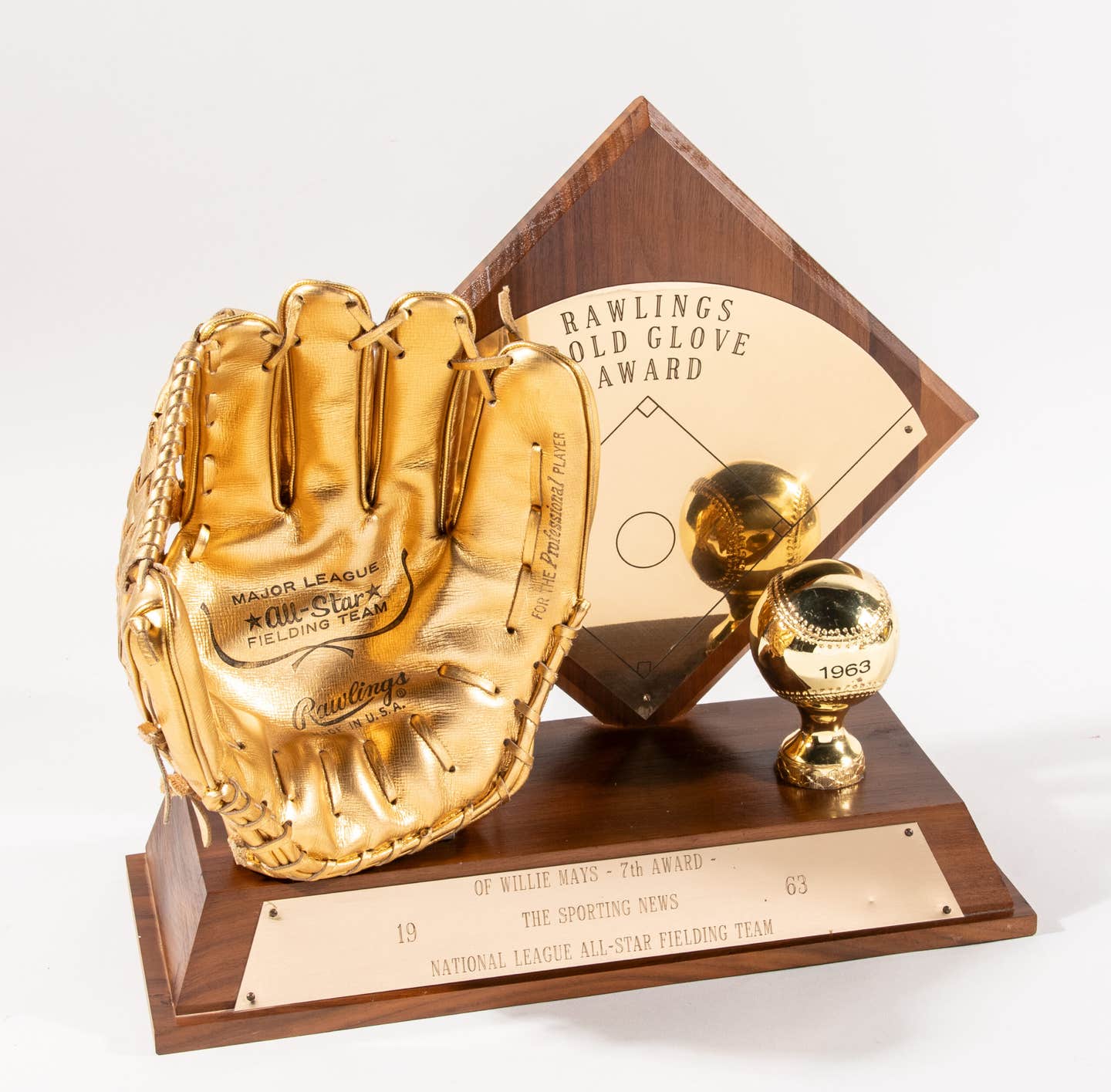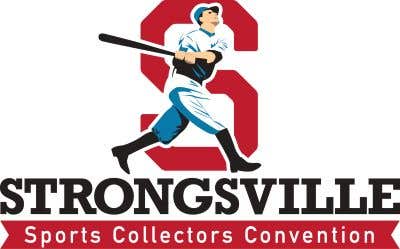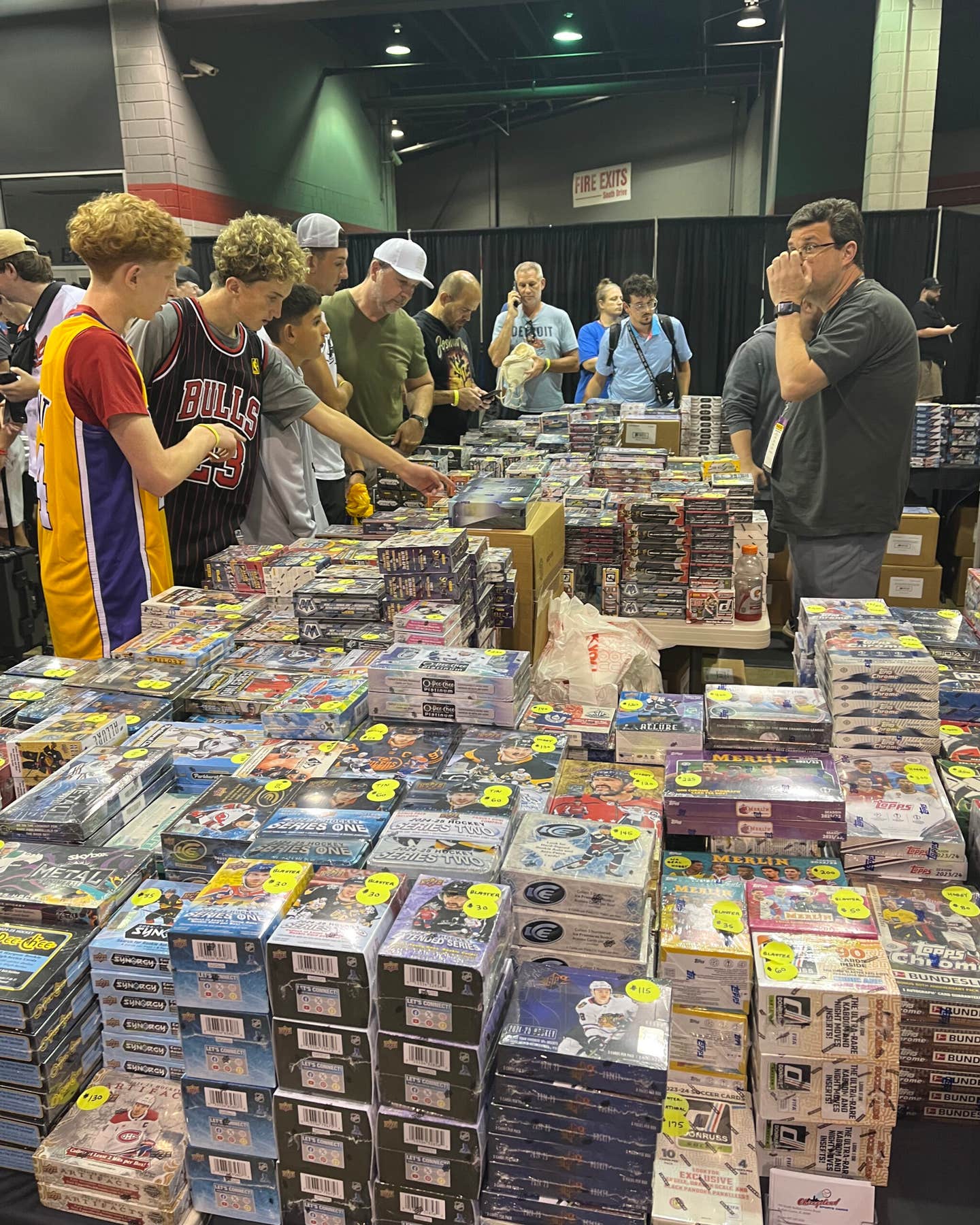News
Celebrating the Continental Football League
Another professional league option in the football market – this was the intention of the Continental Football League, anyways. The formation of the Continental Football League (CoFL) was announced on Feb. 6, 1965. A.B. “Happy” Chandler, former governor of Kentucky and retired commissioner of Major League Baseball, was the league’s first commissioner.
The league began its inaugural season on Aug. 14, 1965, with the formation of the best teams from the United Football League (UFL) and the Atlantic Coast Football League. Both leagues were superior semi-pro leagues that played their games in front of large crowds and drew top semi-pro talent. The UFL, by some semi-pro historians, league administrators and players, is considered the best semi-pro league of all time.
The league basically adopted the rules of the NFL with the exception of the sudden death overtime period that was used to break ties. The league had two divisions and each team had a 36-man roster and a five-man taxi squad.
The league established a “major league” image by restricting Continental teams from loaning players to or receiving optioned players from the NFL and AFL. In the beginning, attendance was averaging nearly 15,000 a game, with some teams reporting even higher numbers.
The Norfolk Neptunes were perennial attendance leaders, establishing a single-game record of 22,050 fans, with a career league best season average in 1966 of 16,017 fans per game. Unfortunately, a championship game was never played in Norfolk.
The Continental Football League truly adhered to its name, with teams in three countries over the years – the Montreal Beavers, Toronto Rifles and Victoria Steelers/Tyees representing Canada; the Mexico Golden Aztecs representing south of the border; and the continually revolving U.S.-based teams.
The vision of becoming “major league” was in the eyes of the Continental owners and administrators. The league had hoped to secure a TV contract with one of the networks. The NFL was on CBS and the AFL on NBC at the time, so the Continental was hoping to gain a contract with ABC to help bolster its image as “the third major league.” Unfortunately, a national TV network contract never came to be.
In 1965, you can add the Charleston Rockets amongst the ranks of Miami Dolphins and Cleveland Browns as teams who had undefeated seasons, going 14-0 in the regular season and following it up with a championship game win for a season record of 15-0.
Before its second season in 1966, Happy Chandler resigned as commissioner in January, prior to the season, stating that the league was altering its terms as a “major league” as the league’s teams strived to establish working relationships with NFL and AFL clubs. Chandler was replaced by Sol Rosen, who was the owner of the Newark Bears Football Club and former league secretary.
The Brooklyn Dodgers football club was run by general manager Jackie Robinson, the legendary HOF star of the baseball Dodgers who broke baseball’s color barrier. However, his elite status did little to help attract fans through the turnstiles.
By the third season in 1967, there was more instability, as the league was unable to maintain working agreements with NFL and AFL clubs and the image of the league remained semi-pro caliber.
By the fourth season in 1968, the league named its third commissioner in Danny Hill, who established a weekly salary of $200 per player and a team weekly payroll of $5,000.
The league absorbed the Midwestern semi-pro Professional Football League of America (PFLA) to shore up its team membership, as several teams in the Continental had dissolved and folded, while a few other teams moved to new cities. Most teams had large payrolls and expenses due to travel. Fan attendance was waning, which created more turmoil for the league.
By the fifth and final season of 1969, the league named its fourth commissioner in Jim Dunn. The Continental League again absorbed another semi-pro loop with the addition of the Texas Football League, creating the Texas Division of the CoFL and gaining a foothold in the football tradition-rich state of Texas.
The league entered the 1969 season with high hopes with the latest expansion in the southwest. The Indianapolis Capitols were rumored to be bidding for the services of USC star running back and future Pro Football HOFer O.J. Simpson, who went on to fame with the Buffalo Bills of the AFL.
The high hopes of the league administrators and team owners soon took on a more realistic tone, as average attendance at stadiums hovered around an announced 5,000 fans a game. With mounting debt from team operations and no national television contract, this became the final death knell to a once-proud league with a few great players and, in the early years, teams with great attendance.
After the demise of the Continental League following the 1969 season, a few teams continued to play in the east coast’s ACFL and other regional semi-pro leagues throughout the country.
Teams, players and coaches
While the Continental League never reached the grandeur of becoming a major league, it did have some great players and coaches who went on to fame in the NFL.
Three-time Super Bowl-winning coach Bill Walsh of San Francisco 49ers fame coached the San Jose Apaches in 1967. Former Alabama star Kenny “The Snake” Stabler was the quarterback with the Spokane Shockers in 1968, going 17-of-41 for 125 yards, three interceptions and a 41.5 completion percentage. His longest pass was 30 yards.
Lander (better known as Coy) Bacon played on two championship teams, the inaugural champion Charleston Rockets in 1965 and in 1967 with the Orlando Panthers. Defensive tackle Otis Sistrunk played in 1969 for the Norfolk Neptunes in the Continental League, and the 1970 and 1971 seasons with the team in the ACFL after the Continental folded.
Sam Wyche was a quarterback for the Wheeling Ironmen in 1966. Little Garo Yepremian from Cyprus of Miami Dolphins Super Bowl fame played for the Michigan (Detroit) Arrows in 1968 as a kicker, making 6-of-10 field goals, the longest being 43 yards. He also had a 36.1-yard punting average, with the longest punt being 46 yards.
There were others – Jim Clack played for the Norfolk Neptunes in 1969, Bob Kuechenberg for the 1969 Chicago Owls, Woody Peoples of Grambling played in 1965 for Richmond Rebels and Bob Brown suited up for the 1965 Wheeling Ironmen.
All told, 67 players made the jump from the Continental to the NFL, with another 16 Continental players joining Canadian (CFL) squads during the 1960s. Some made it as impact players; some stayed just long enough for a cup of coffee.
Who was probably the most famous former semi-pro player to make the NFL? None other than Hall of Fame quarterback and Pittsburgh Steelers reject John Unitas, who played quarterback, safety and punter on weekends for the semi-pro Bloomfield (Pa.) Rams in 1955.
Joe Klecko played under an assumed name for the Aston Township Green Knights of the Seaboard Football League during his college days. Many other semi-pro players from other leagues made the jump to the NFL, AFL and north to Canada.
One of the first organized semi-pro football teams were the Shelby Blues from Ohio, who began in 1884. Others followed at the turn of the century.
Possibly the most famous team from semi-pro football might be the Pottstown (Pa.) Firebirds, who became a household name when NFL Films ran a documentary on the team and their quarterback Jim “King” Corcoran for several years during the late 1960s and early ’70s. King Corcoran was the Joe Namath of the semi-pro ranks. To this day, my large semi-pro football collection is still void of any Pottstown Firebirds original memorabilia and souvenirs.
Career leaders and Continental League stars
Surprisingly, Continental career passing leader, Donald Jonas of the Orlando Panthers, never made it to the NFL. Jonas was a three-time league MVP and two-time league champion, with 14,270 total passing yards in four seasons and second all-time in points scored with 383. He enjoyed a six-year career in the CFL. Jonas was named the CFL’s Outstanding Player (MVP) in 1971 with the Winnipeg Blue Bombers, throwing 27 touchdowns and 4,036 yards passing. He made the CFL All-Star team in both 1971 and 1972; the latter season he threw another 27 touchdowns for Winnipeg.
The same can be said for career and season rushing leader Joe Williams, who led the league with 3,259 yards in four seasons and a season’s best total of 1,250 yards. Williams played for the CFL’s Winnipeg Bombers and Ottawa Roughriders in 1962 and 1963, as well as the UFL’s Quebec Rifles in 1964, where he made the UFL All-Star team.
Career receiving leader Tom Bland, who caught 60 touchdowns from Jonas on the Orlando Panthers, never saw an end zone in the NFL either. Bland tallied a total career record of 5,418 yards receiving and a 20 yards-per-catch average. He ended up in the CFL with the Toronto Argonauts in 1970, and later coached in the USFL.
Other Continental stars who never saw the NFL were Junior (Bias M., II) Edge, who passed for 9,461 yards in four seasons. He holds the second spot in career passing yardage in the Continental. Place-kicker Joseph Hightower (Mr. Everywhere), who played five seasons for the Orlando Panthers, led the league with a career total of 419 points.
There were many others who never made it to the NFL but enjoyed nice careers north of the border in the CFL, such as 1966 Continental Rookie of the Year Tom Wilkinson (The Boomerang) of the Toronto Rifles, who went on to a CFL career from 1967-81 with the Toronto Argos and Edmonton Eskimos, being named to the CFL All-Star team three times.
Continental Football League collectibles, souvenirs and memorabilia
The league office issued a league media guide from 1966 to its end in 1969. For the inaugural season of 1965, the league had a brochure-type of publication, which is recognized as its media guide, although in reality it was more of an information pamphlet. These league guides from 1966-69 usually can be found in the range of $15-$20 each, with exception of the first-year guide/pamphlet, which will run you more. The league also issued informational brochures over the years.
There is so much out there to collect from the old Continental. Just about every team printed game programs. Several teams printed “major league” style yearbooks and media guides. Game programs from most teams will run in the $10-$20 range per program.
Championship game programs and playoff programs will go for $50 or more at times. Some game programs from the hard-to-get teams will run you $30-$50 or more.
The toughest and rarest team to find a program from would be the Mexico Golden Aztecs. Only one known program is said to exist within the collecting world today. If you were to find any original memorabilia from this team, it would be ultra-rare. Another tough program would be from the Montreal Beavers.
Almost all teams printed pocket schedules or ticket application/schedule brochures, and you can find them in the $5-$10 range (the early years going higher) per team schedule. You may also find team envelopes and stationery, and you can find them in the $5-$10 range for original team envelopes in Good condition.
Many teams printed team photos and some teams even printed the nice black-and-white individual player photos (the Seattle Rangers issued some nice player photos from 1967-69), as well as a nice team media guide. Most original team photos can be had for $10 and under. Individual player photos follow in the same price range.
However, beware of all the retro team photos printed by dealers out there (especially those that are found on eBay). These retro team photos that are being circulated are usually advertised in the $5 range and are found for most minor league teams on all sports. They are nice, but not original photos.
While the NFL, AFL and CFL of Canada had player card sets from Topps, Fleer and O-Pee-Chee (OPC), the Continental League never realized its dream of a nationally distributed card set, nor a regional card set from any team for that matter. I have yet to find a postcard-size player set from any team, either, and I’ve been collecting semi-pro football and Continental memorabilia since 1965.
Several teams over the years issued felt pennants that grace the walls of semi-pro football collectors today. I have seen several of these pennants go for $35-$50 each and some higher. If you are lucky enough, you just might run across an official game-worn helmet or a jersey, but these items are ultra-rare, as many never survived past the last season. They would command a premium price.
Other Continental League team souvenirs and memorabilia abound with stickers, bumper sticker, patches, pins, buttons and much more.
When items do become available in online auction sites and sports collecting periodicals, there is usually a flurry of activity, as Continental collectibles command great attention from collectors.
Other semi-pro football memorabilia
While this article focuses mainly on the Continental League, several other leagues during the 1960s, 1970s and 1980s printed league guides. In the Midwest, the Central States Football League and later the Northern States Football League, as well as the Chicagoland Football League had some very nice league guides and yearbooks dating to the 1970s.
The Pro Football League of America issued a nice guide in the late 1960s. On the East Coast, the Eastern Football League (mainly in New England in the Massachusetts area) issued league media guides that were more of a brochure. The Empire Football League in the late 1970s and early 1980s printed some real nice league media guides. Also from the east, The Atlantic Coast Football League of the late 1960s and early 1970s printed some nice league guides.
After the ACFL folded, the Seaboard Football League also issued some nice league guides. The Interstate Football League produced media guides in the 1970s. The Atlantic Football Conference of the 1980s printed some league guides, as well. On the West Coast, the California Football League had some nice league guides from the early 1980s. Several other leagues also printed league guides.
Nowadays, printing league guides are a thing of the past for semi-pro leagues.
You can always find a plethora of game programs from teams of the 1970s-90. Various leagues are represented. It gets tougher to collect vintage 1960s semi-pro football memorabilia. Also look for World War II-era football programs from the Armed Forces and military bases around the U.S. that basically resembled semi-pro teams that were talent-laden with former collegiate and pro stars.
During the 1940s, besides the NFL and AAFC, you also had the American Football League on the East Coast and the Pacific Coast Pro Football League out west that had some great talent, and many of their teams printed programs. Programs from these leagues command premium prices.
One of my favorite semi-pro football team names? The Northwest Chicago Fighting Turkeys of the Chicagoland Football League. This was the same league that produced the Newton Nitehawks and a player named James Foster who’s claim to fame was later being the inventor/founder of the Arena Football League, along with being its first commissioner.
Thanks to Dennis M. Kuno for the images of player photos from his website, www.boosterclubcfl.com and from his extensive collection. Thanks to John Guy for information from his book, “The Encyclopedia of Minor League Football.” Thanks to Steve M. Brainerd of Tucson, Ariz., who is inducted in the Semi-Pro Football Hall of Fame as a semi-pro football historian for his diligent work over the years.
A special thanks to the late Mr. Ron Real for keeping the game of semi-pro football alive for many players, coaches and teams from the late 1970s until he passed away a year ago. Also to Dick Seuss and many others who keep the rich tradition of semi-pro football alive.
Ed Kobak is an author and distributor of sports reference books (www.sportsbooksempire.com), a freelance sports and adventure travel writer who has been a avid sports memorabilia and die-cast toy collector since 1964. He may be reached at ekobak@yahoo.com.








